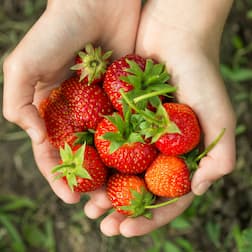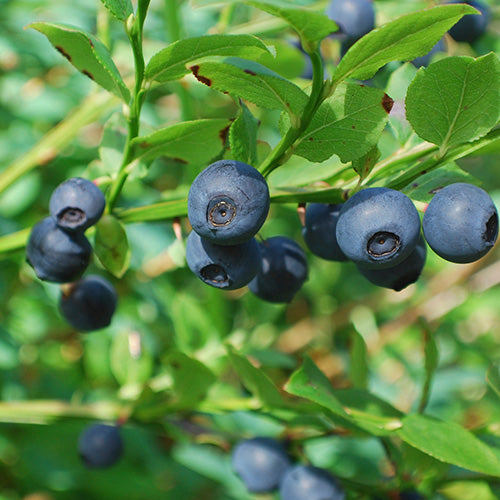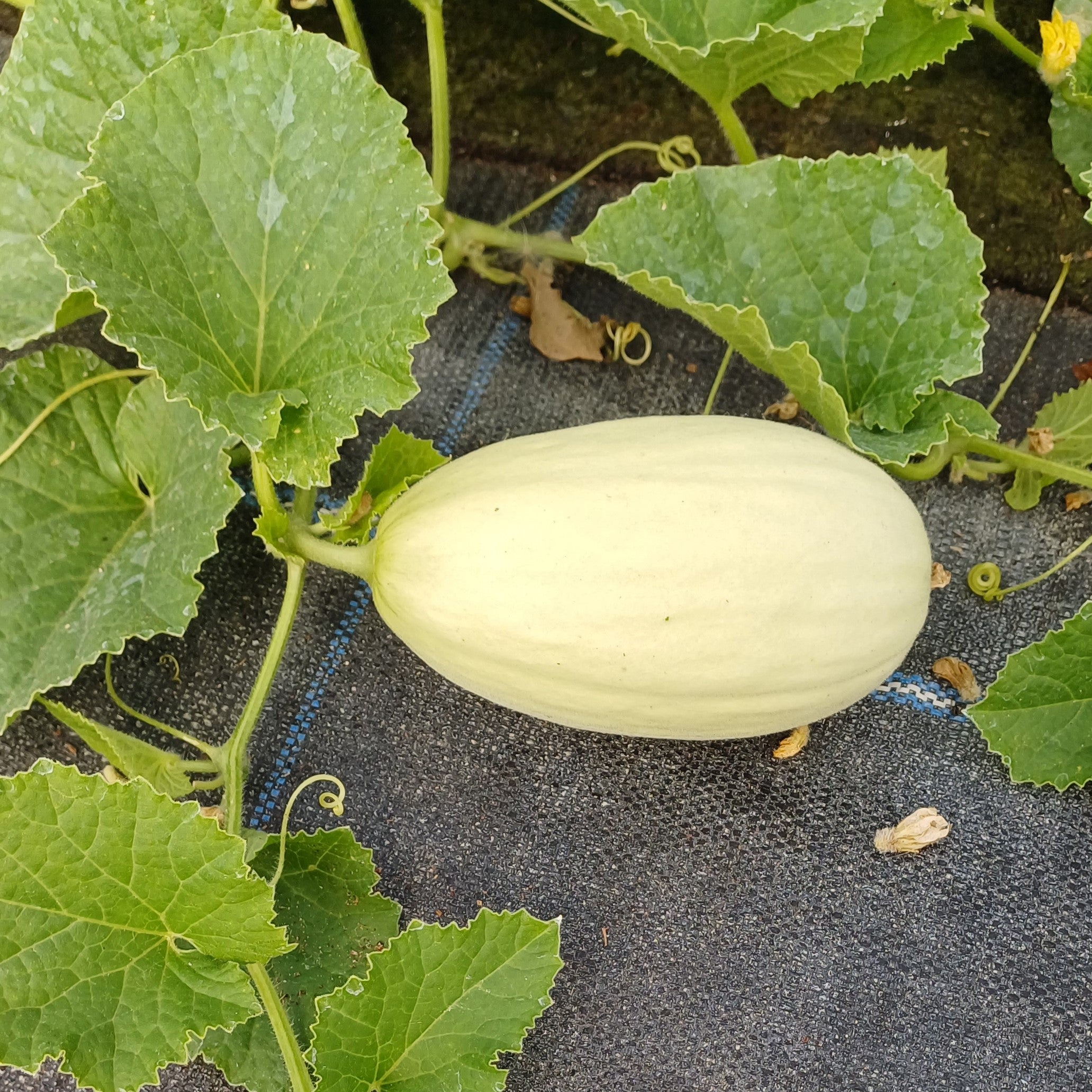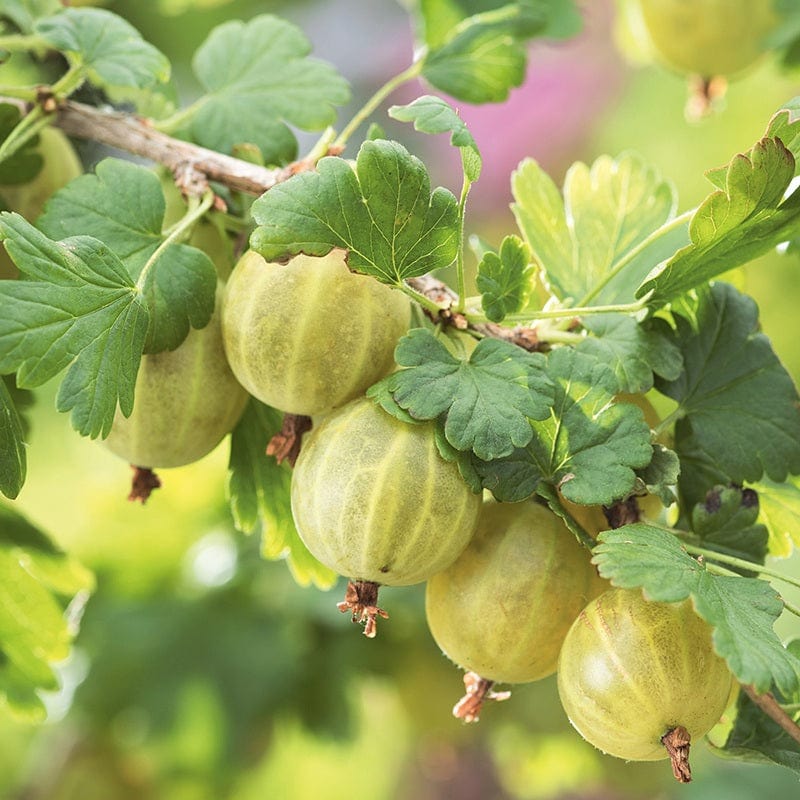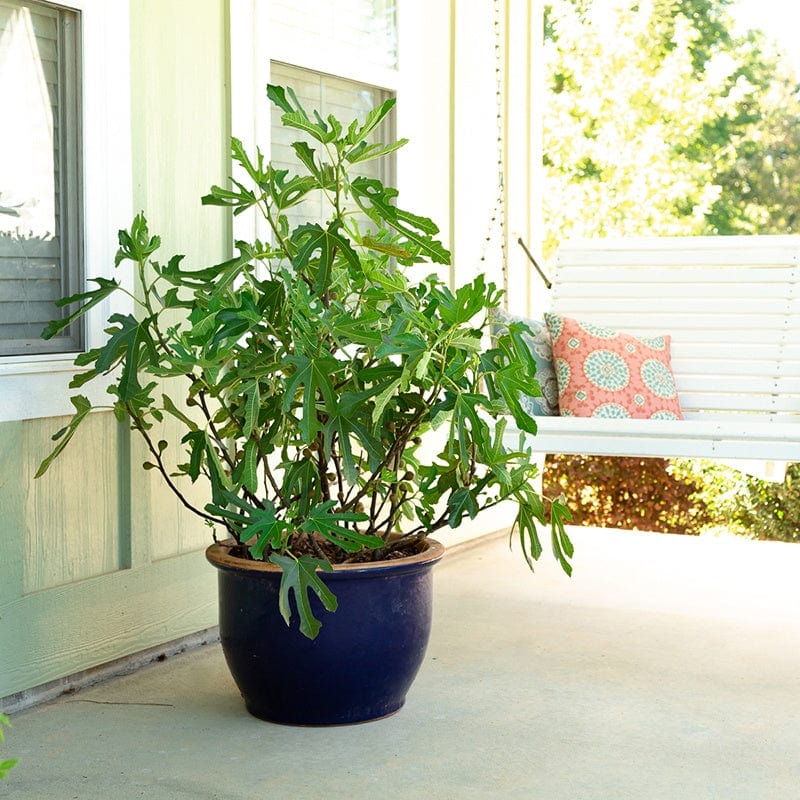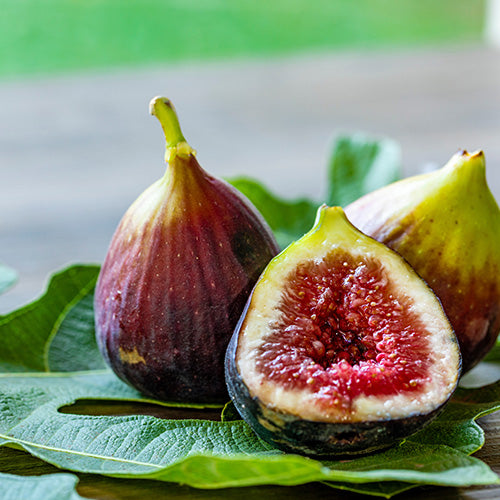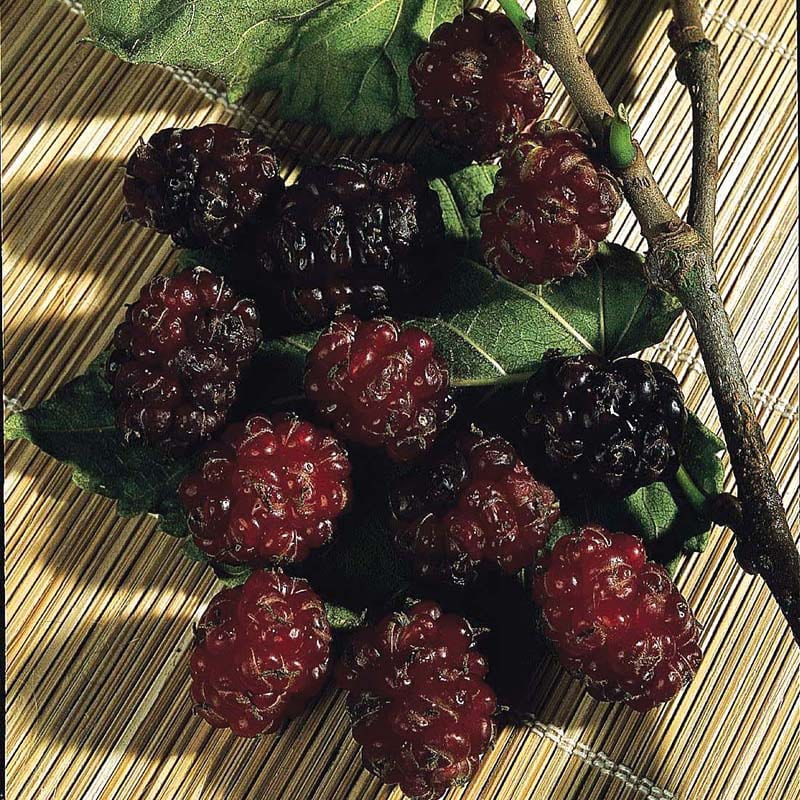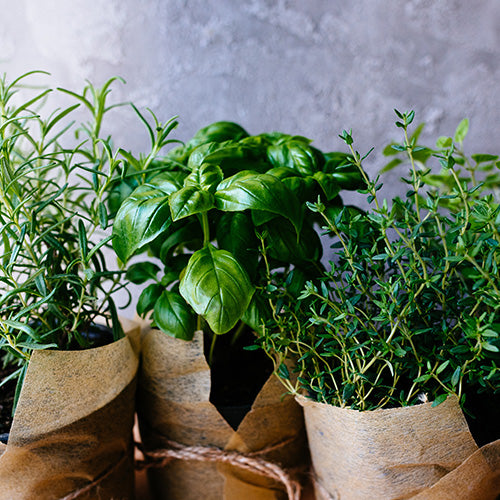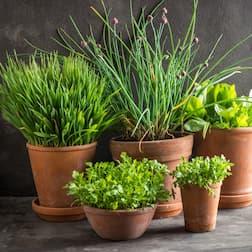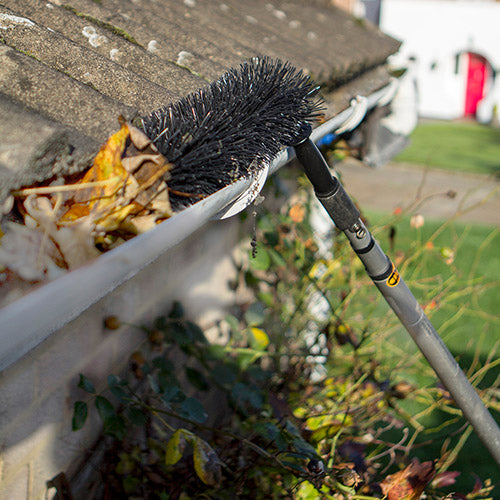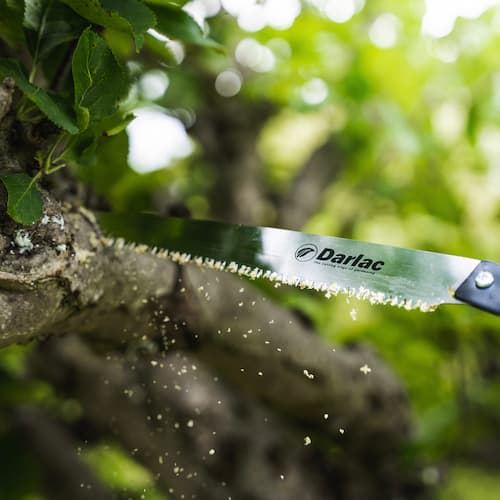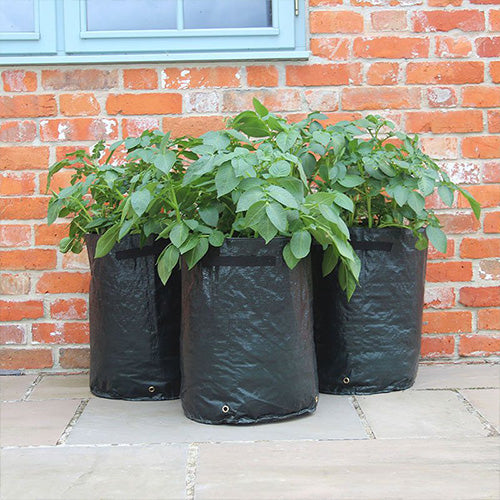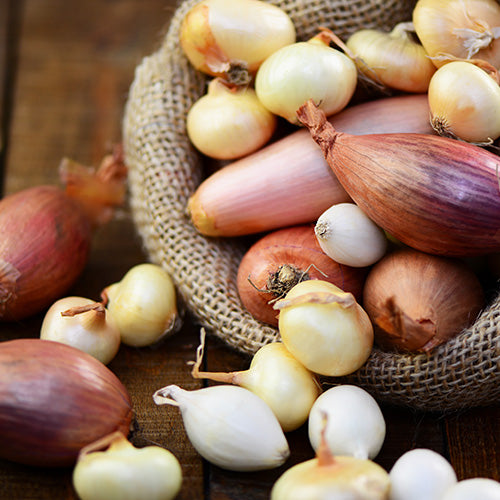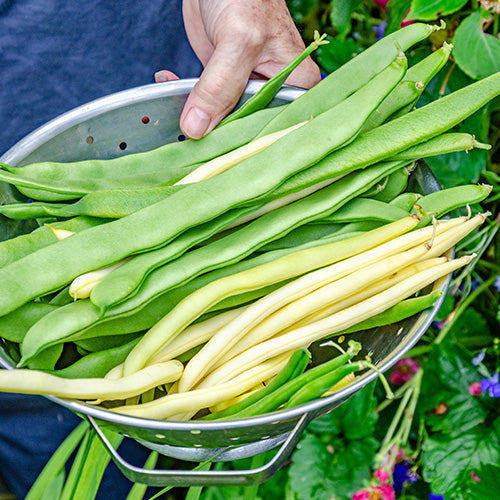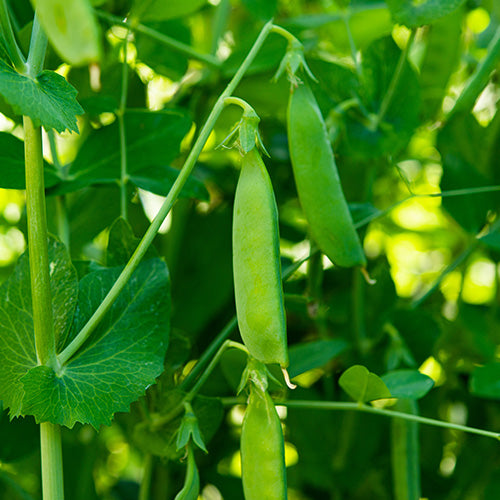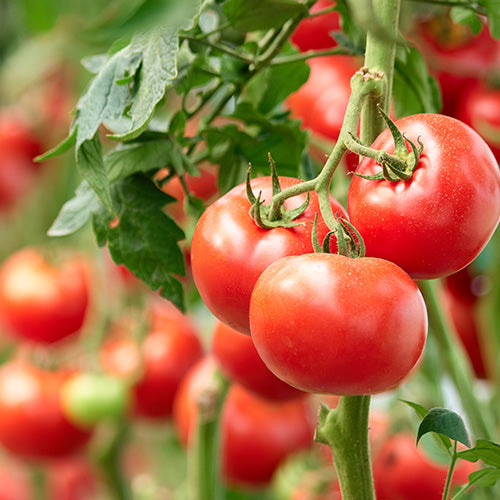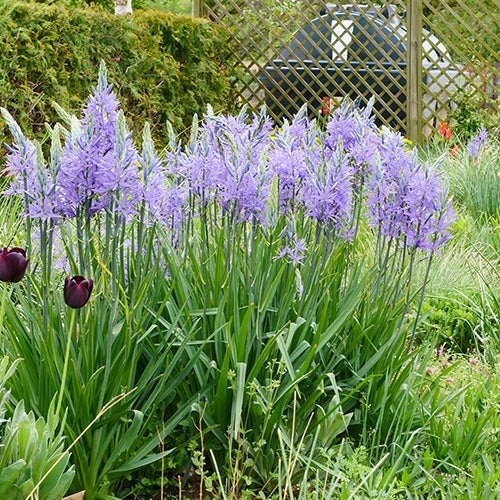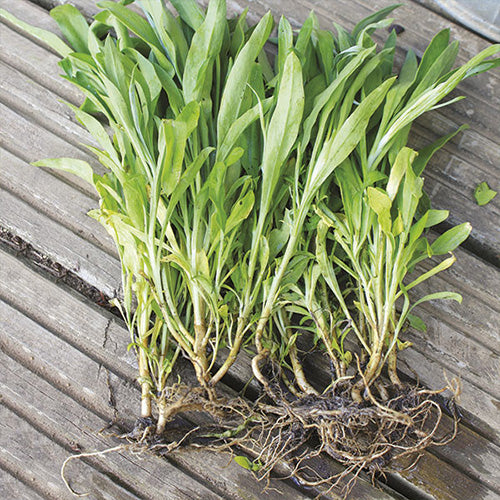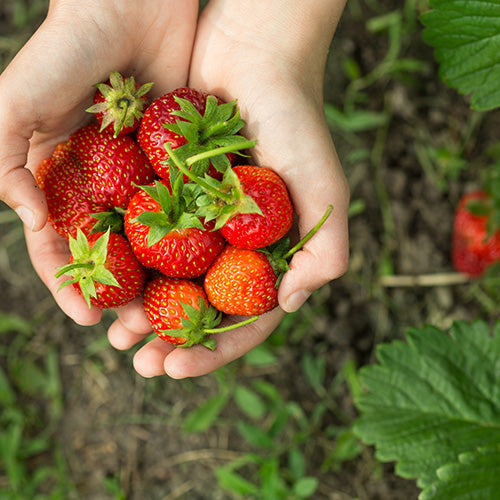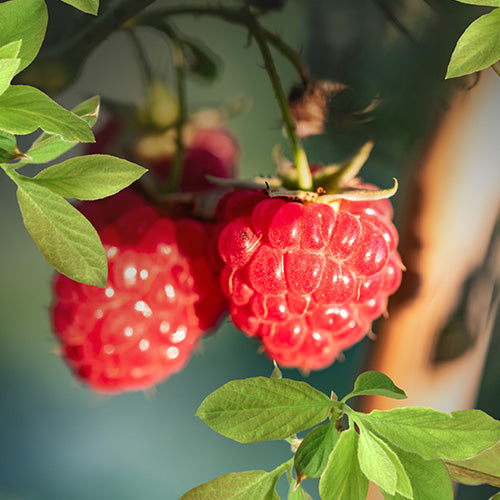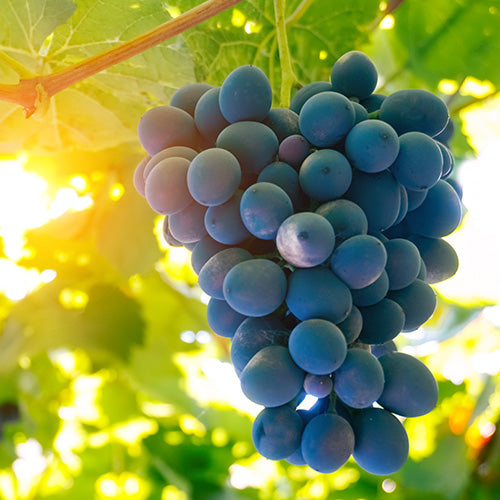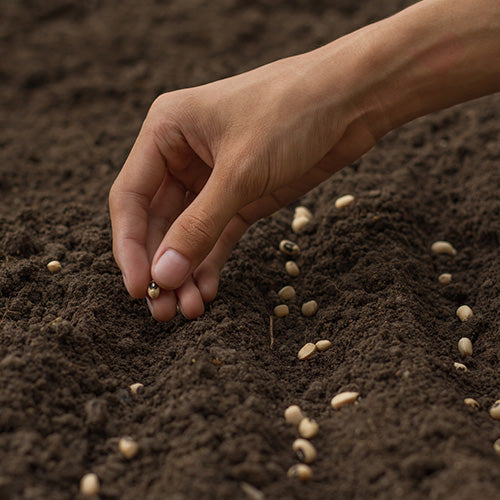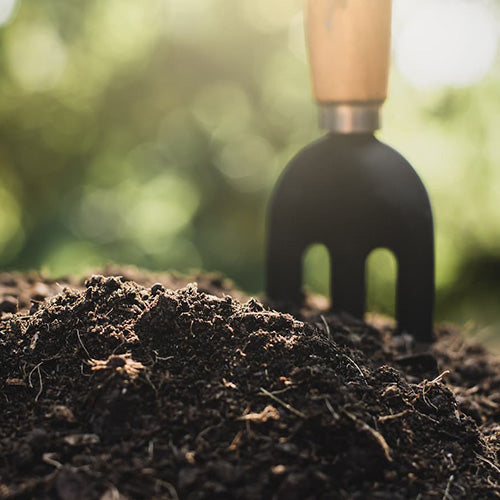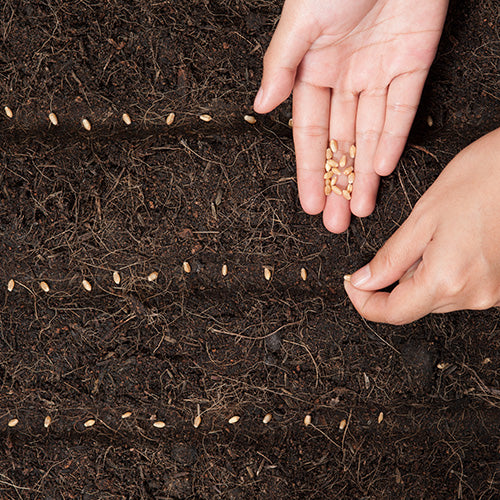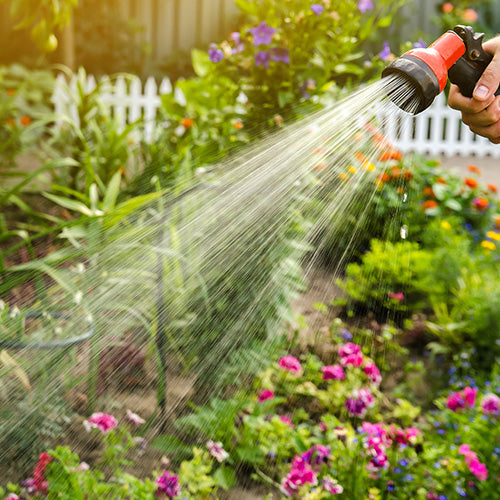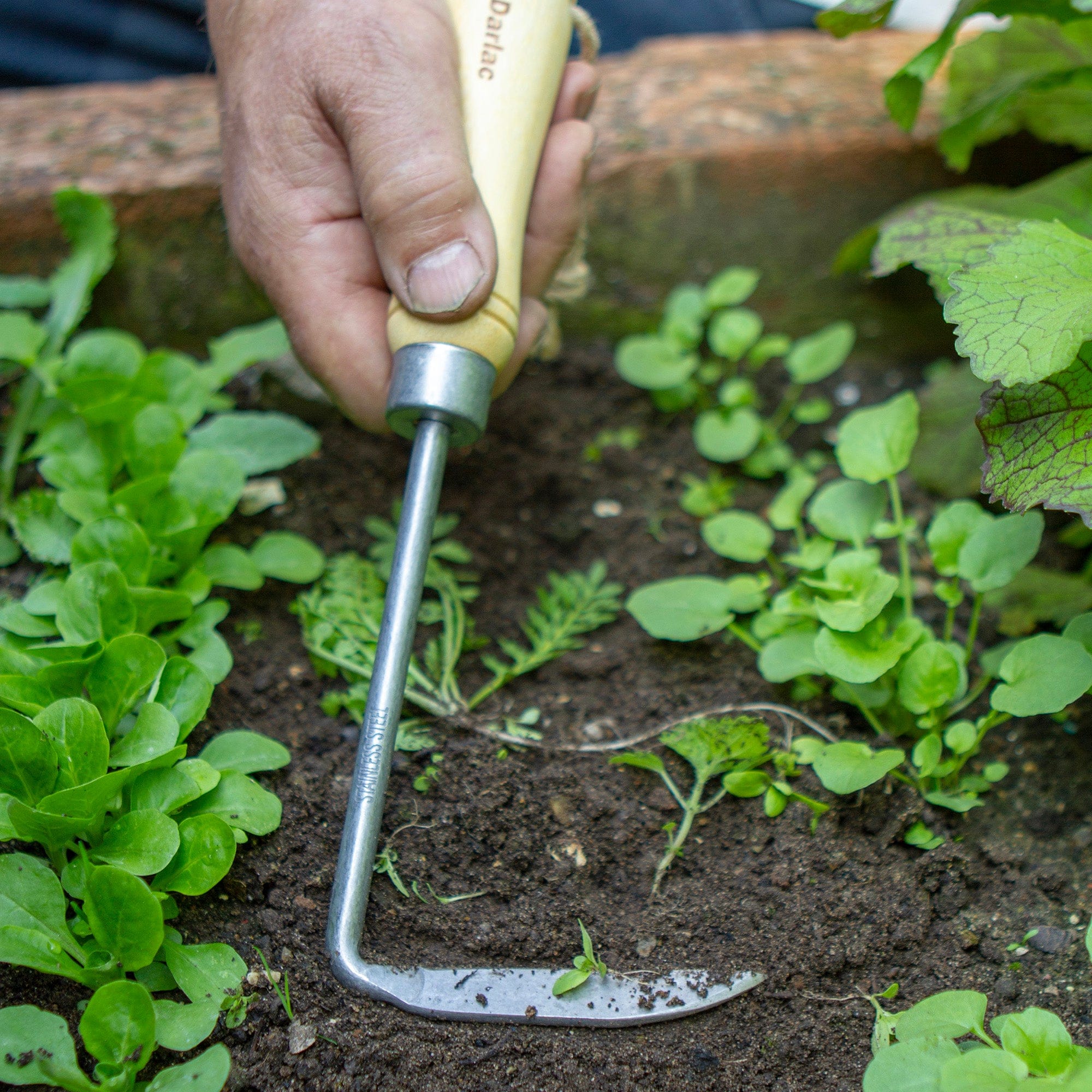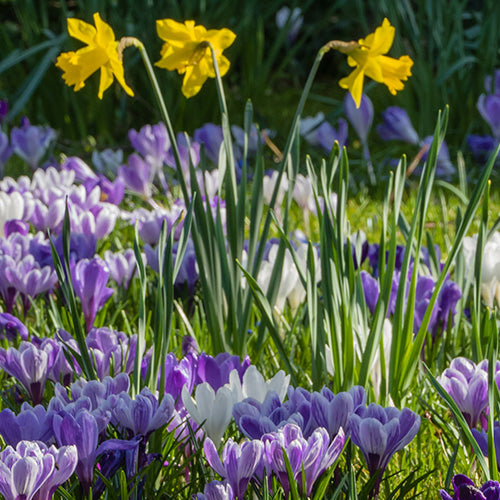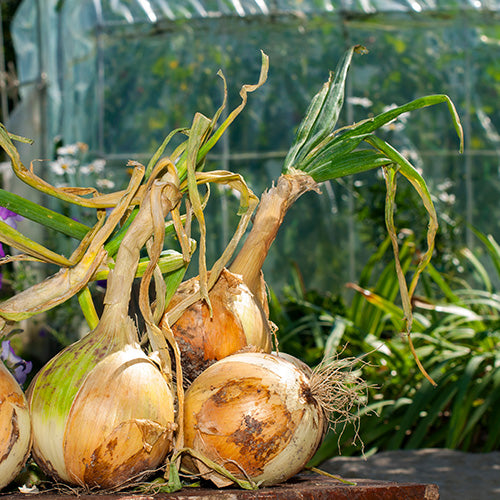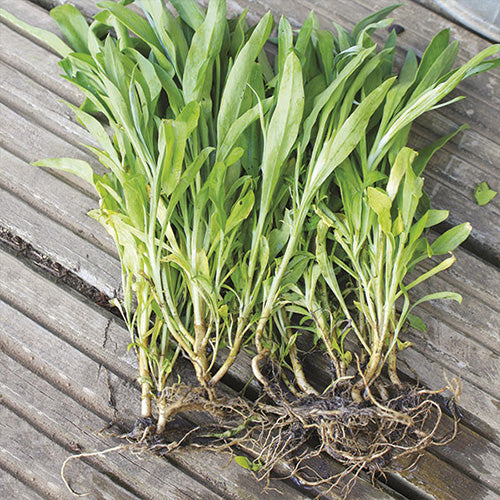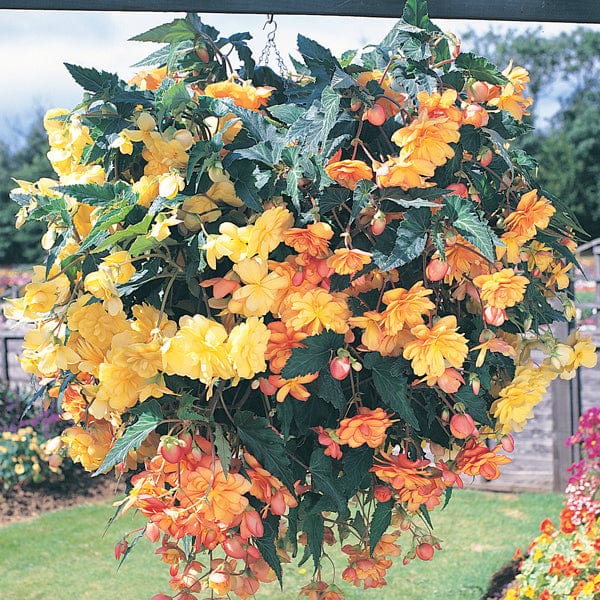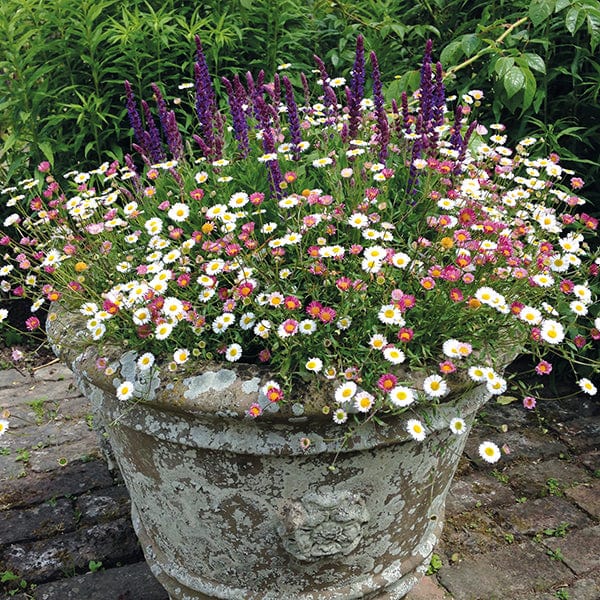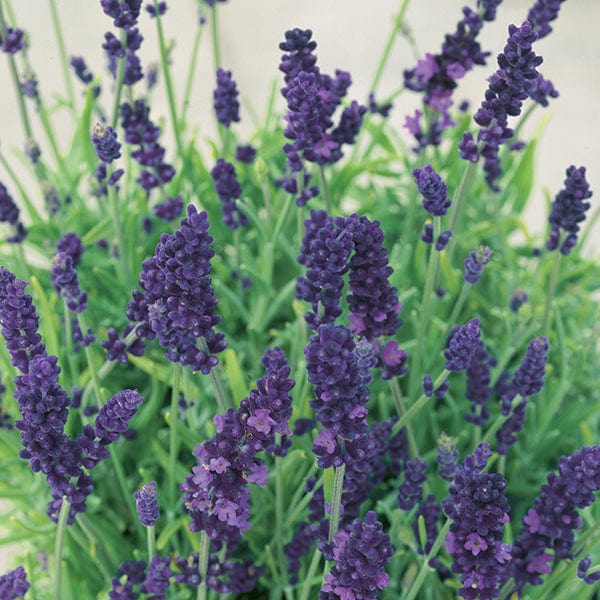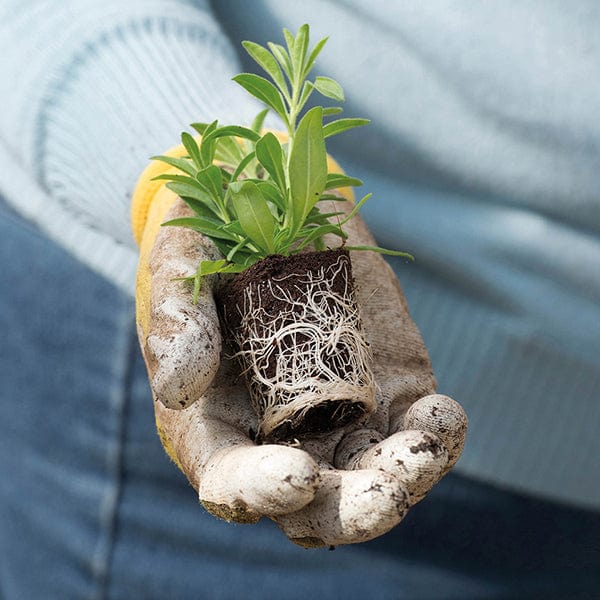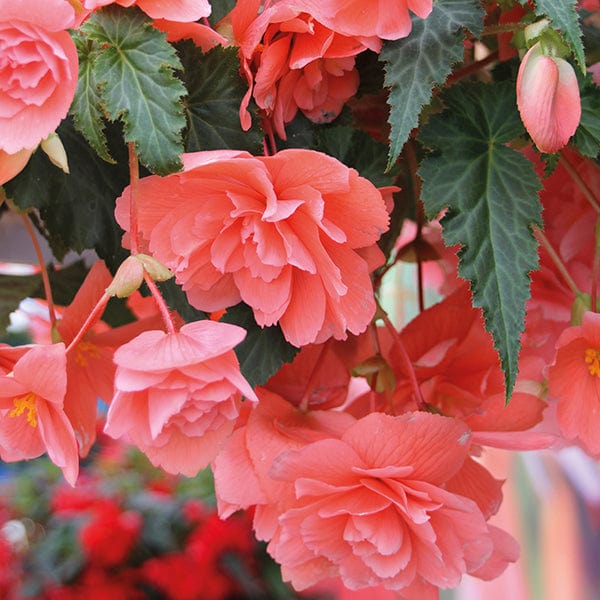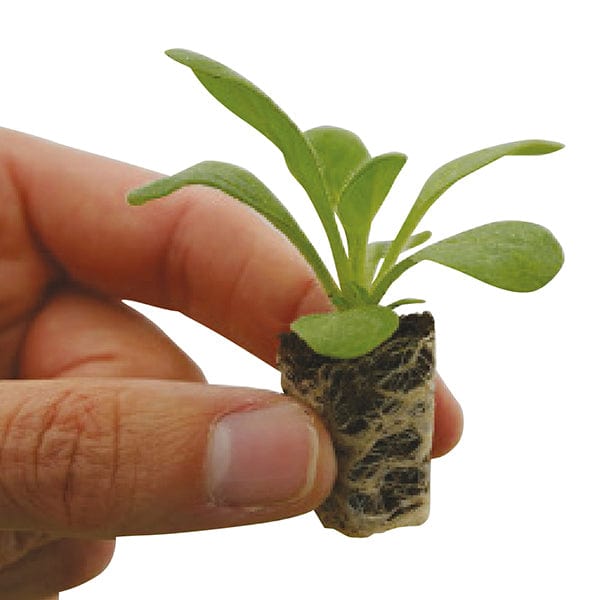If your bulbs arrive and you are not planting them at once, store them in a cool, dry place until planting time.
NB: Do not plant Tulips until November/December.
Ground Preparation
Wherever possible, dig over the ground thoroughly before planting, removing any perennial weeds. At the same time enrich it by digging in some well-rotted manure, compost or leafmould and a dressing of bone meal. While successful in a very wide range of soils, most bulbs are intolerant of poor drainage so, if your soil is heavy, also dig in plenty of sharp sand or horticultural grit. For planting in containers, use general purpose compost unless otherwise stated. Bulbs are usually most effective when planted in groups.
Planting
Allium
Plant at approximately three times the depth of the bulb. Space them 15-30cm (6-12in) apart. Plant in a sunny spot.
Anemone
Anemone require a warm sheltered spot with well-drained, humus rich soil in sun or partial shade. For best results soak the tubers overnight before planting them with ‘claws’ upwards, 5cm (2in) deep and 10cm (4in) apart.
Bluebell
Bluebells prefer a semi-shady position, and soil that has been enriched with plenty of leafmould or well-rotted garden compost. Plant 10-15cm (4-6in) deep and 10-15cm (4-6in) apart.
Camassia
Plant at least 10cm (4in) deep and 15cm (6in) apart. in fertile, well-drained, humus rich soil, ensuring that there is good drainage in the soil. Avoid plants becoming water-logged.
Chinodoxa
Find a position in full sun and well-drained soil. Plant 8cm (3in) deep and 7cm (2.5in) apart.
Crocus
Plant 7-10cm (3-4in) deep and 7cm (3in) apart. Give them a position in full sun and well-drained soil.
Cyclamen
Plant 5cm (2in) deep and 5-8cm (2-3in) apart in partial shade in moderately fertile, humus rich, well-drained soil. Cyclamen do not like excessive wet.
Fritillaria
Plant 12cm (5in) deep and 45cm (18in) apart. Handle the corms carefully as they are prone to bruising. Put some course sand in the planting holes and place the bulbs sideways. These corms are very intolerant of wet conditions. They must be kept dry in their dormant period.
Hyacinths
Plant 10 cm (4in) deep and 20cm (8in) apart in September or October in a sunny or partially shaded position. Ideal plants for the mixed or herbaceous border or patio containers.
Iris
Plant at twice the height of the bulb and 5-10cm (2-4in) apart in well-drained, moderately fertile soil in full sun to dappled shade. Feed with a high potash fertilizer after flowering, this will encourage large bulbs to form.
Muscari
Plant 7.5cm (3in) deep and 10cm (4in) apart. Planting time September or October. Thrives best in full sun. Any well drained soil is suitable.
Narcissus
Plant in September at two times the depth of the bulb and 10-12cm (4-5in) apart. Perfect for beds and borders, in sun or part shade.
Nectaroscordum
Plant 10cm (4in) deep and 10cm (4in) apart. Best in a fertile, light, well-drained soil. Will not tolerate wet, heavy soil. In poor soil add a slow release fertiliser at time of planting.
Puschkinia
A sandy soil is ideal for these but any well-draining soil will be suitable. Position in full sun or partial shade. Plant 8cm (3in) deep and 8cm (3in) apart.
Scilla
Will grow in full sun or partial shade in a well-drained soil. Plant 8-10cm (3-4in) deep and 10cm (4in) apart.
Snowdrop
Snowdrops (Galanthus nivalis) prefer a semi-shady position, in a moisture retentive soil enriched with plenty of leafmould or well-rotted garden compost. Plant 10cm (4in) deep and 10cm (4in) apart.
Tulips
Plant 10-15cm (4-6in) deep and 8in (20cm) apart, in November to December in full sun. Planting sooner can result in frost damage to the growing shoot. Dead-head after flowering. Tulips are best lifted after the foliage has died down and the bulbs stored dry through the summer.
CAUTION: Do not eat any of these bulbs and keep out of reach of children. Contact with all parts of Allium, Bluebell, Hyacinth, Iris, Narcissus and Tulip may cause skin or eye irritation and all parts of Bluebell, Hyacinth, Iris, and Tulip may cause severe discomfort if ingested.


